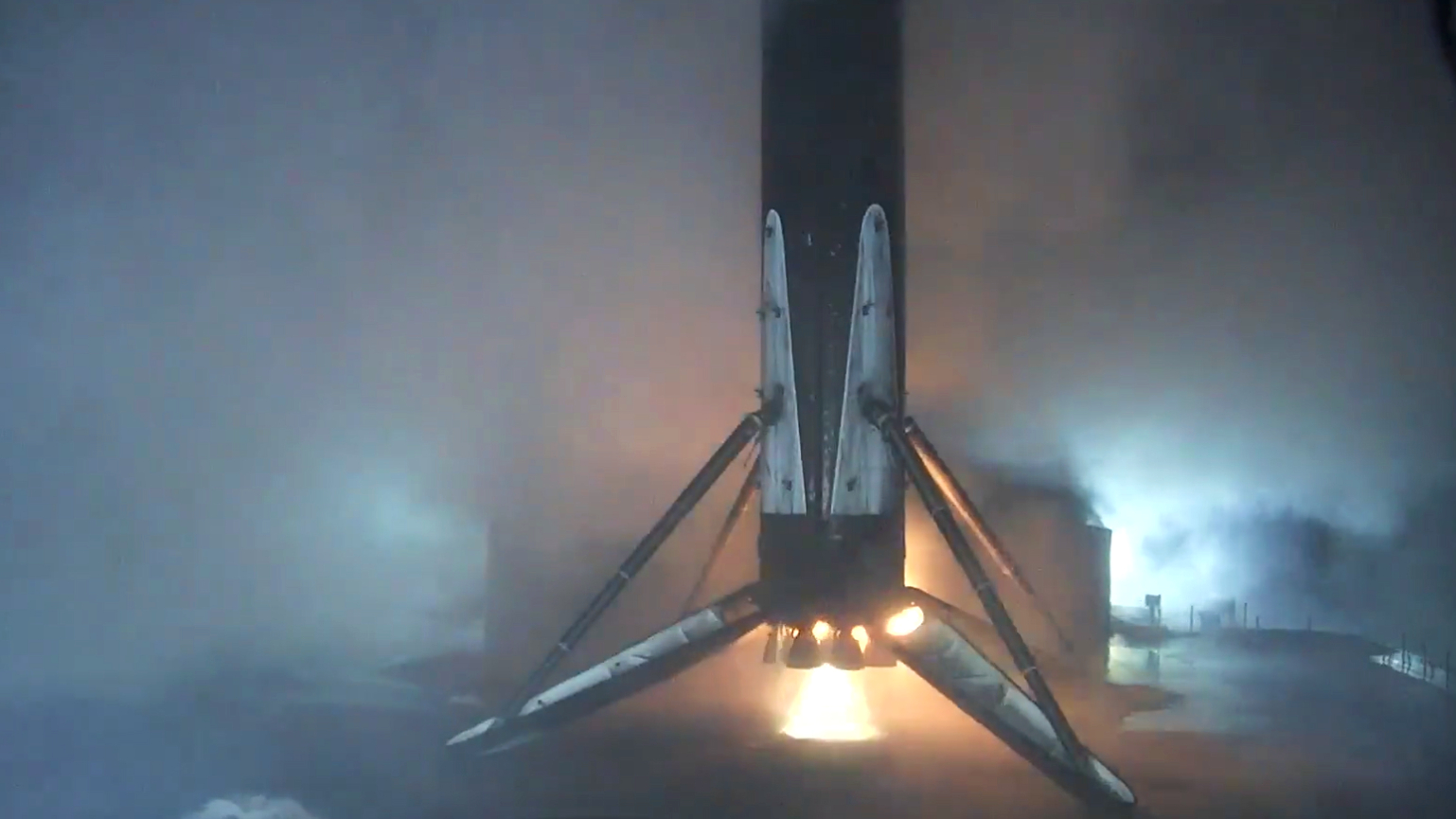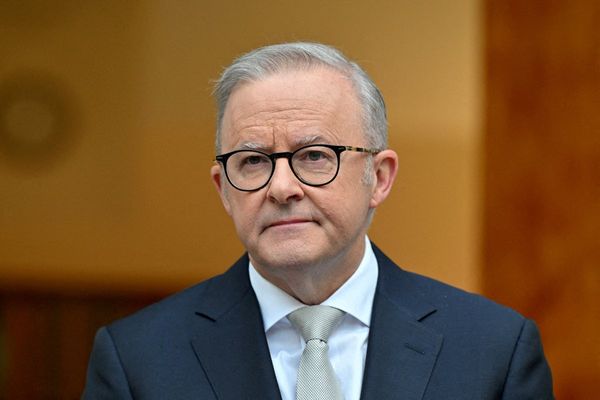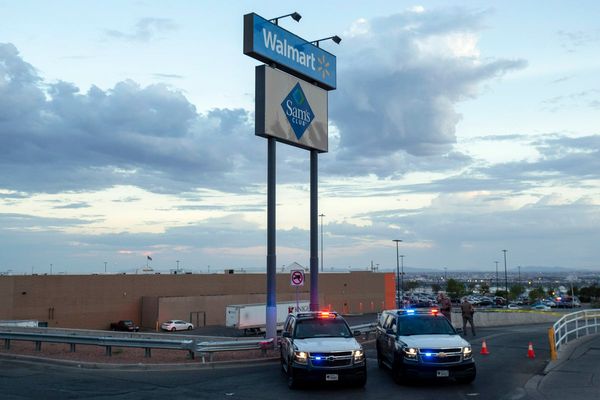
SpaceX launched another batch of Starlink satellites to orbit from Florida's Space Coast early this morning (Feb. 4).
A Falcon 9 rocket carrying 21 Starlink spacecraft, including 13 with direct-to-cell capability, lifted off from Cape Canaveral Space Force Station today at 5:14 a.m. EST (1014 GMT).
The Falcon 9's first stage returned to Earth about eight minutes after liftoff, touching down in the Atlantic Ocean on the SpaceX drone ship "Just Read the Instructions."

It was the 21st launch and landing for this particular booster, according to a SpaceX mission description. Seventeen of its 21 flights have been Starlink missions.
The Falcon 9's upper stage, meanwhile, will deploy the 21 Starlink satellites in low Earth orbit (LEO) about 65 minutes after liftoff.
Related: Starlink satellite train: how to see and track it in the night sky

SpaceX has now launched 15 Falcon 9 missions so far in 2025. Ten of them have been Starlink flights.
Last year, the company launched more than 130 Falcon 9 flights, about two-thirds of them devoted to building out the Starlink network, the biggest satellite constellation ever assembled. SpaceX currently operates nearly 7,000 Starlink satellites in LEO, according to astrophysicist and satellite tracker Jonathan McDowell.
Editor's note: This story was updated at 5:32 a.m. EDT on Feb. 4 with the news of a successful launch and rocket landing.







